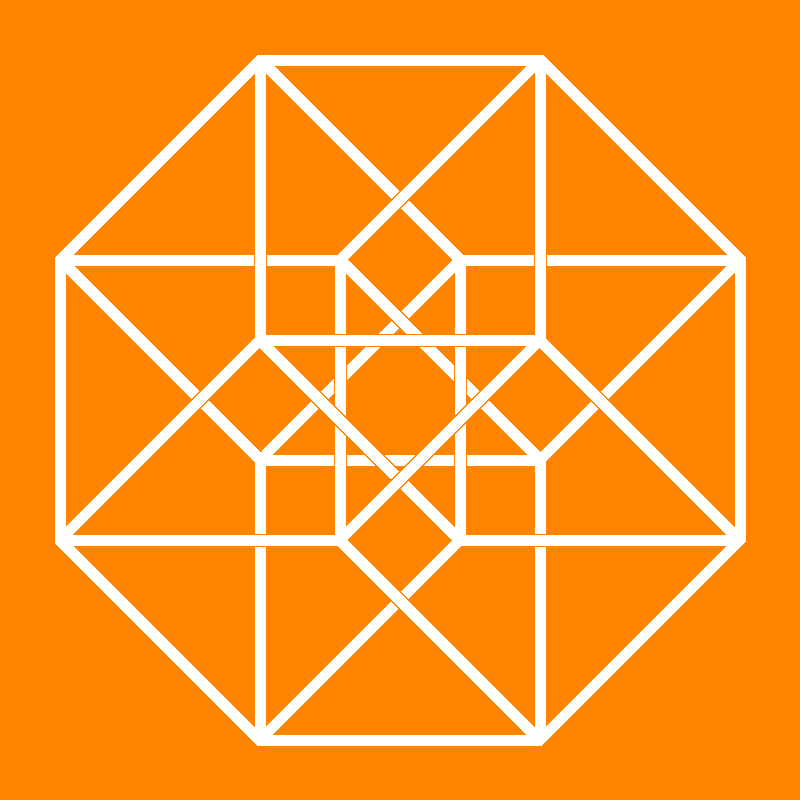
Journal for Geometry and Graphics 12 (2008), No. 1, 109--120
Copyright Heldermann Verlag 2008
Analysis of Causes of Errors in the Mental Cutting Test -- Effects of View Rotation
Emiko Tsutsumi
School of Social Information Studies, Otsuma Women's University, 2-7-1 Karakida, Tama, Tokyo 206-8540, Japan
tsutsumi@otsuma.ac.jp
Wakana Ishikawa
School of Social Information Studies, Otsuma Women's University, 2-7-1 Karakida, Tama, Tokyo 206-8540, Japan
Hiroshi Sakuta
College of Science and Engineering, Aoyama Gakuin University, 5-10-1 Fuchinobe, Sagamihara 229-8551, Japan
sakuta@it.aoyama.ac.jp
Kenjiro Suzuki
Dept. of Computer and Graphic Science, College of Arts and Sciences, University of Tokyo, 3-8-1 Komaba, Meguro-ku, Tokyo 153-8902, Japan
ksuzuki@idea.c.u-tokyo.ac.jp
Since 1990, the Mental Cutting Test has been widely used to measure spatial abilities in relation to graphics curricula. It became clear that the evaluation by MCT mainly reflects the ability to recognize the solid from the perspective drawing and the ability to consider the problems analytically. Most of the subjects who made low scores on the MCT, however, could not imagine the space itself, when they observed projection drawings. They seemed to have rather vague criteria for judging depth. In this respect, if the process of rotating the test solids is added to the MCT and given subjects discretionary views of the test solid, it might be possible to promote a better sense of recognizing a 3-D object and forming correct images.
In this study, the Rotated-View MCT using a computer system in which subjects were able to rotate the problem solid on the horizontal plane within the limits +180° and -180° using a horizontal scroll bar was devised.
Keywords: Graphics education, spatial abilities, rotated view, mental cutting test.
MSC: 51N05
[ Fulltext-pdf (649 KB)] for subscribers only.